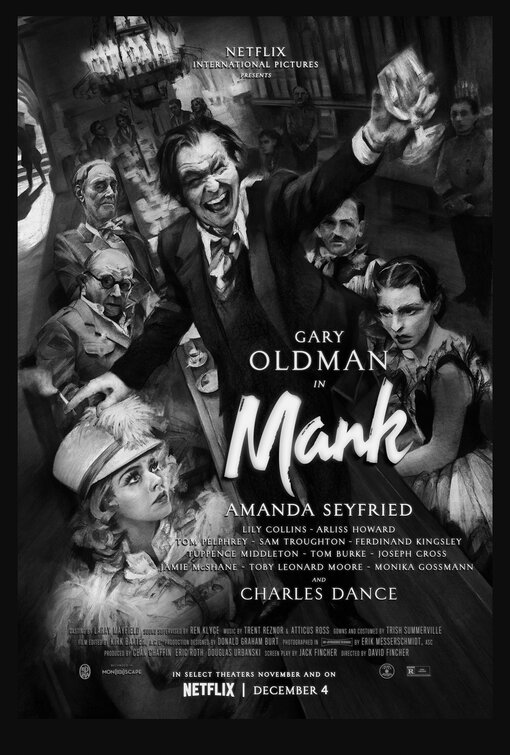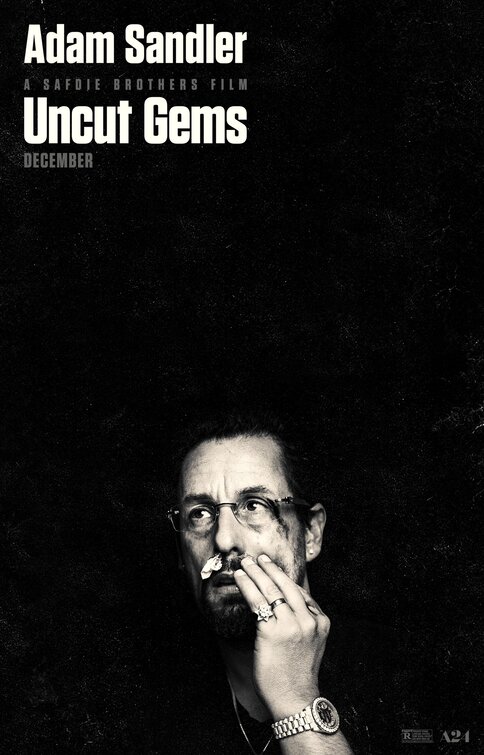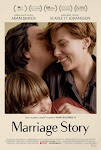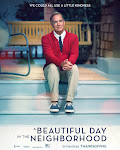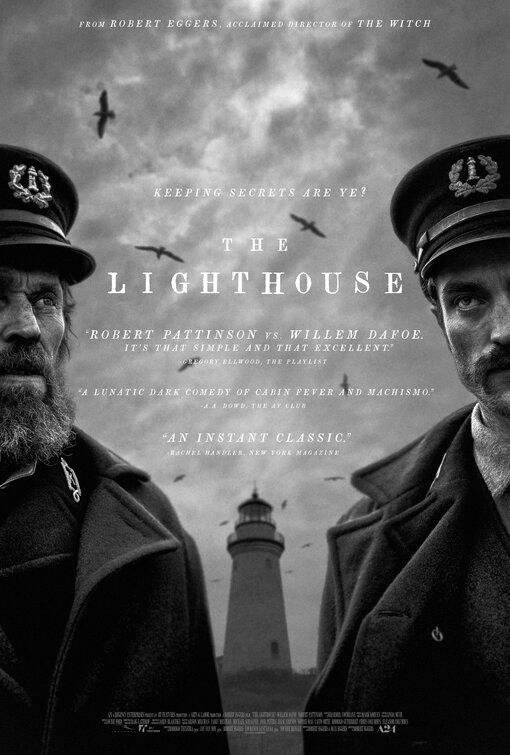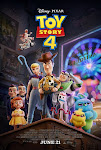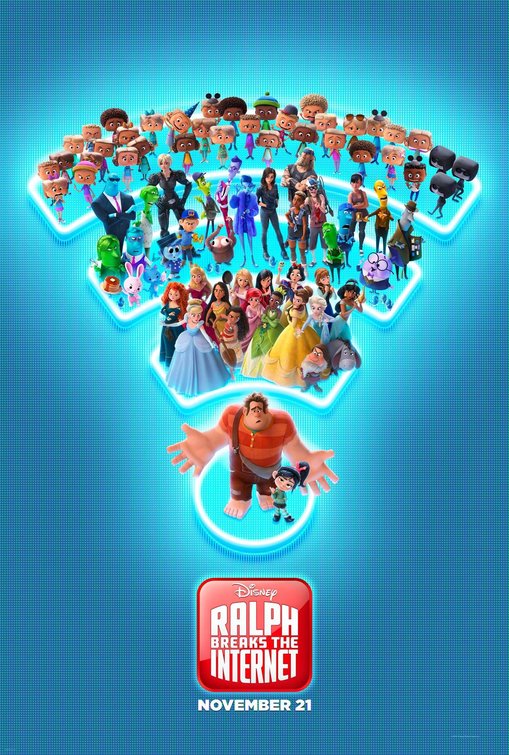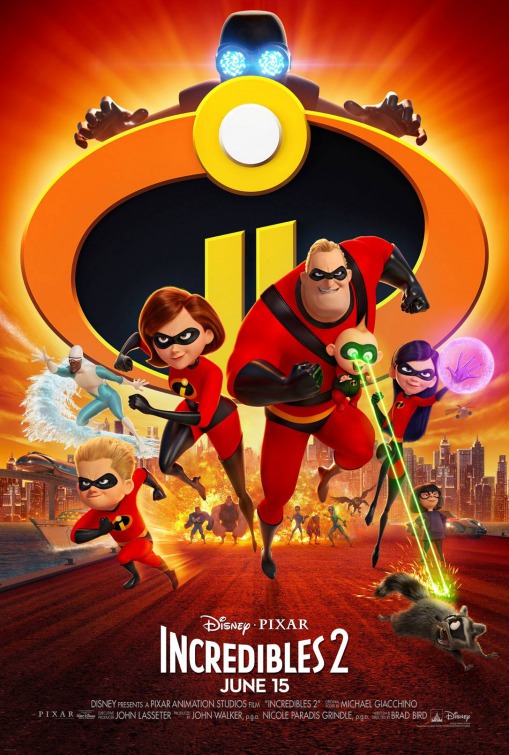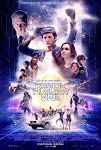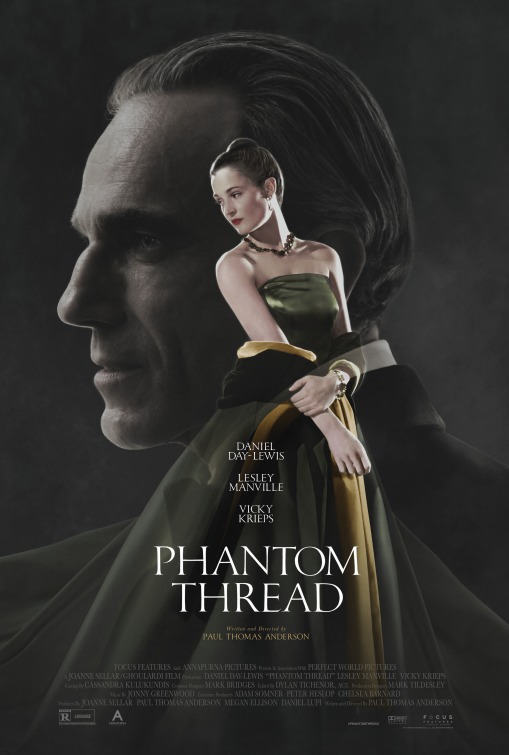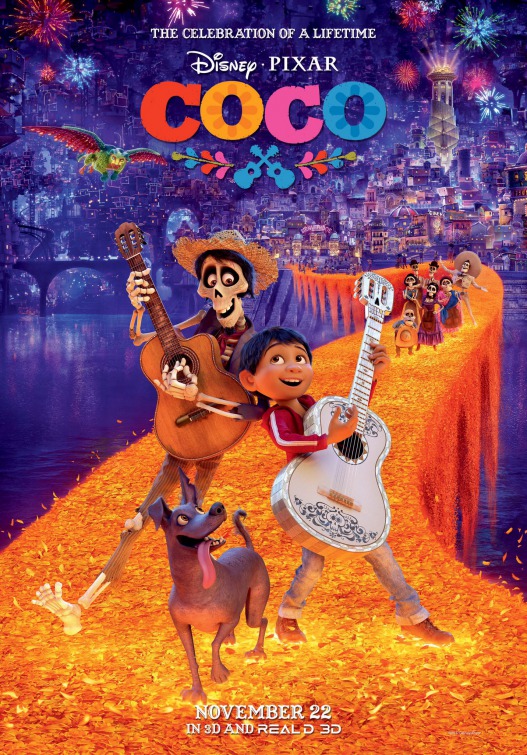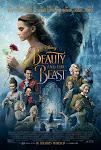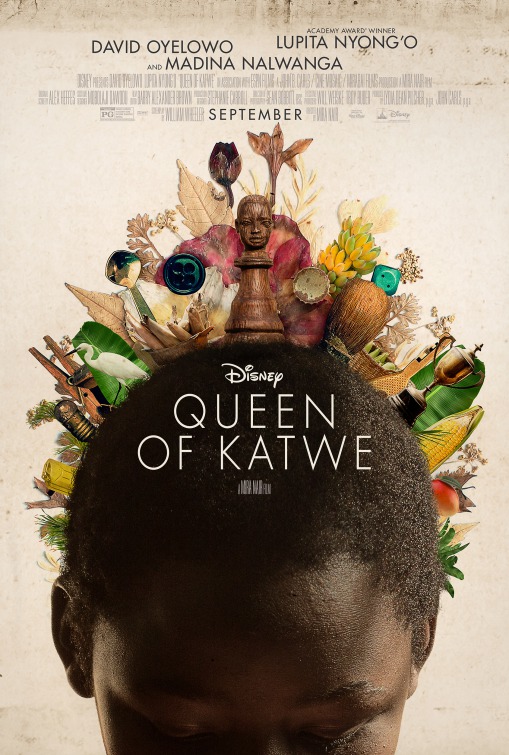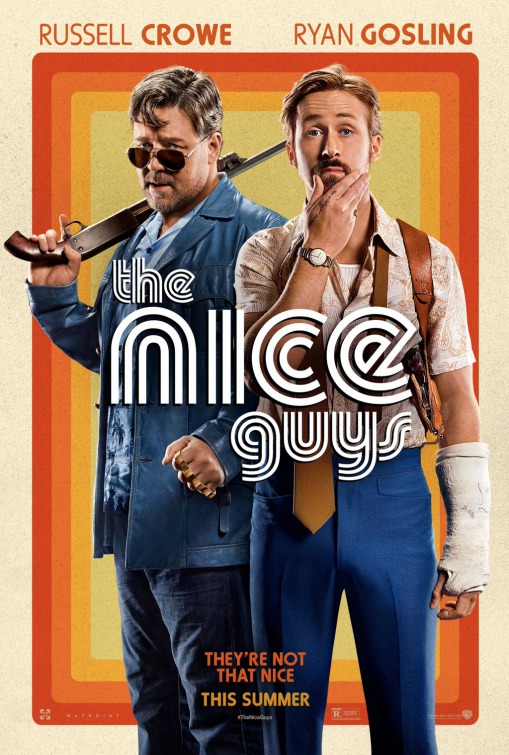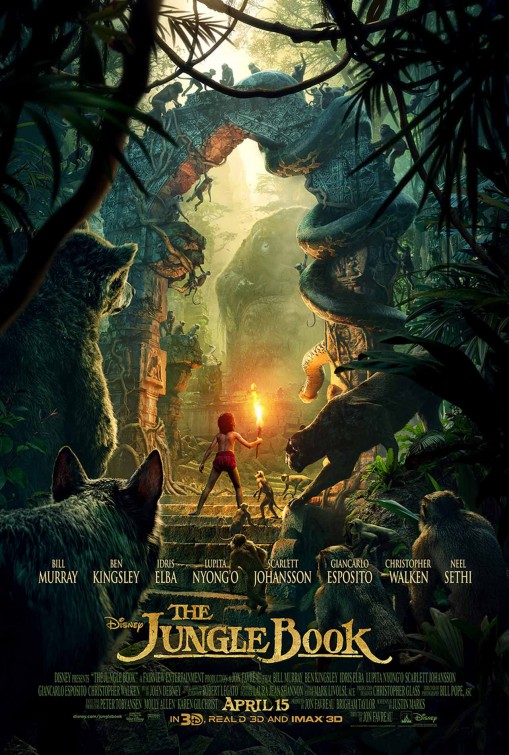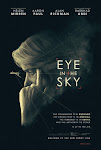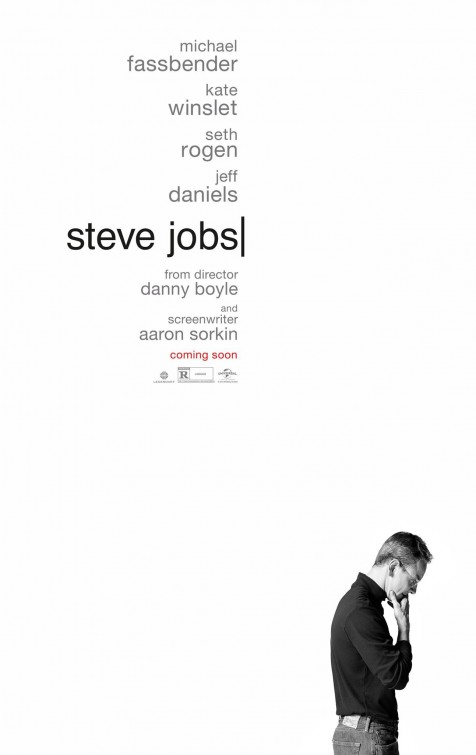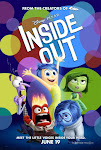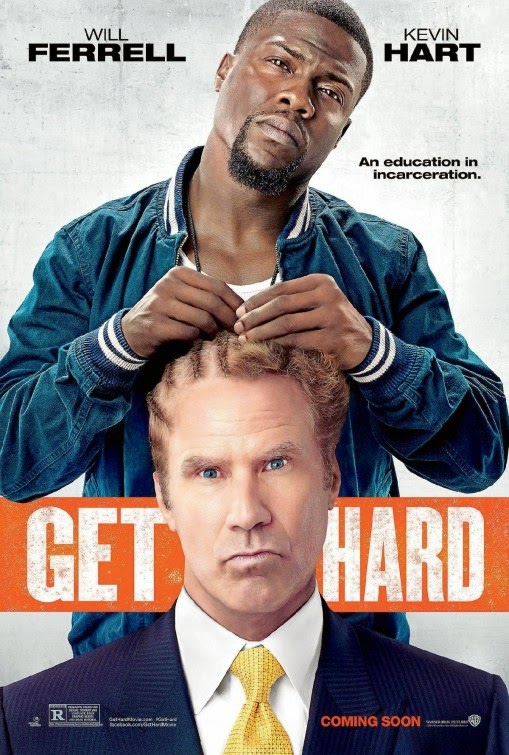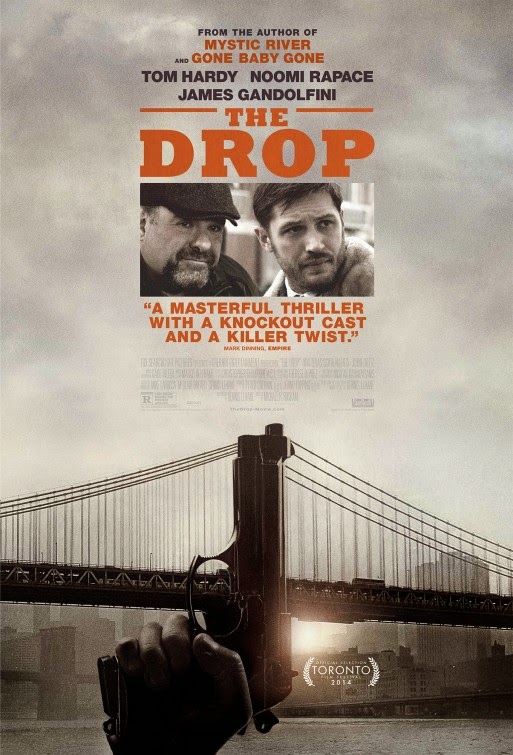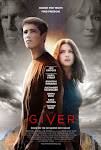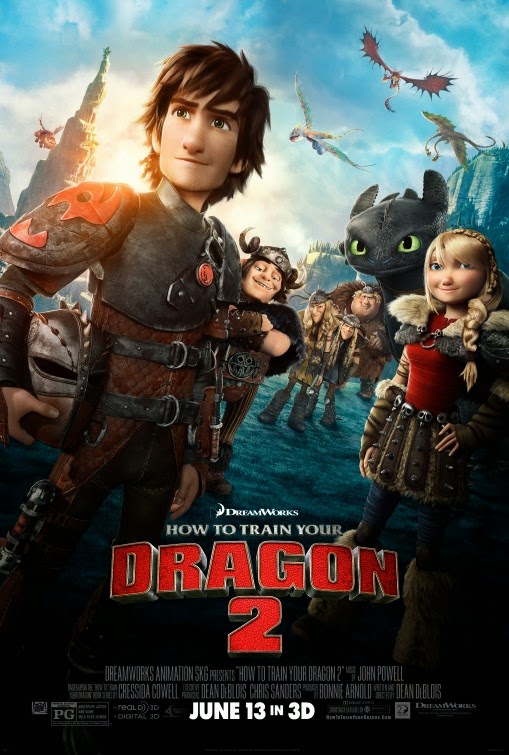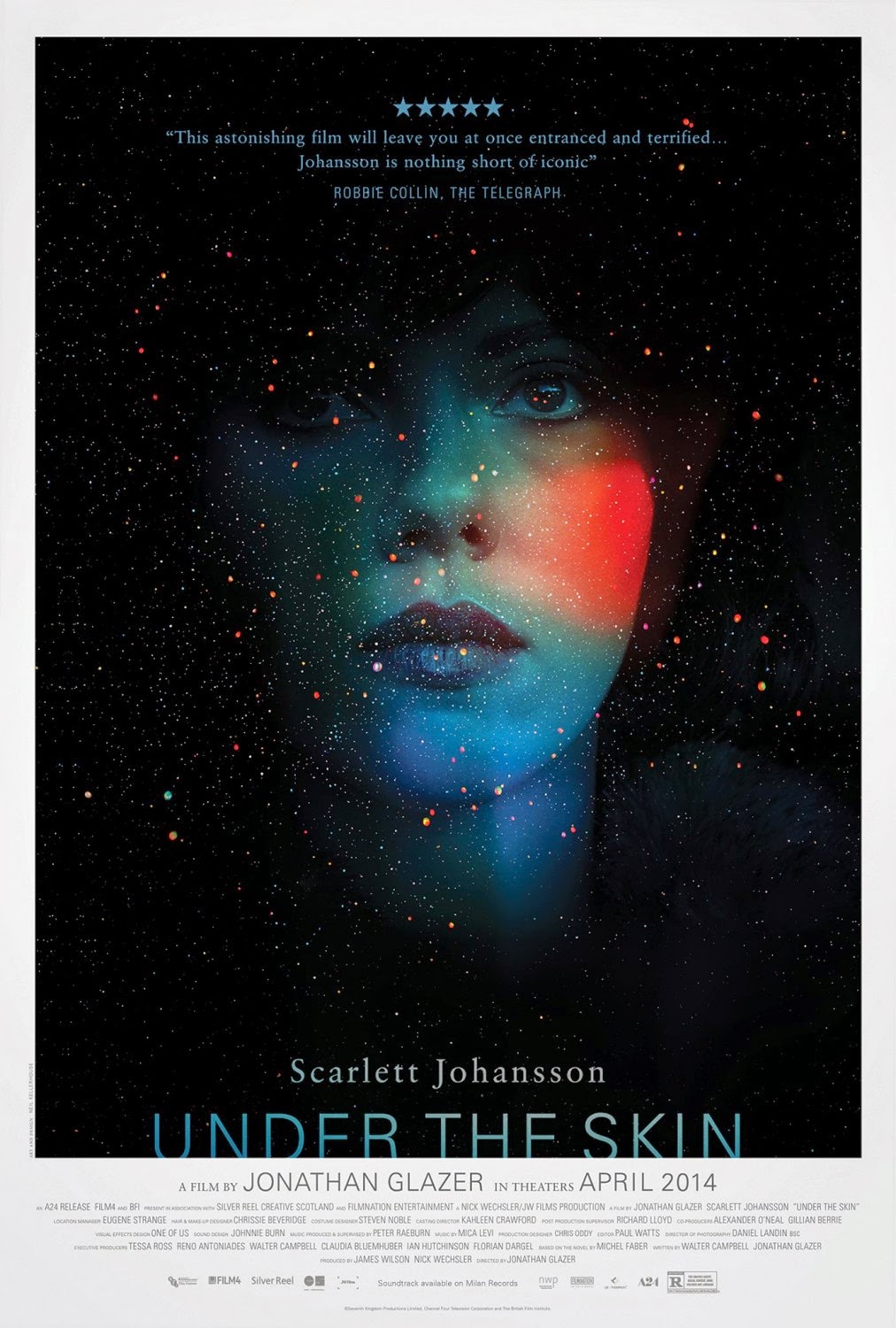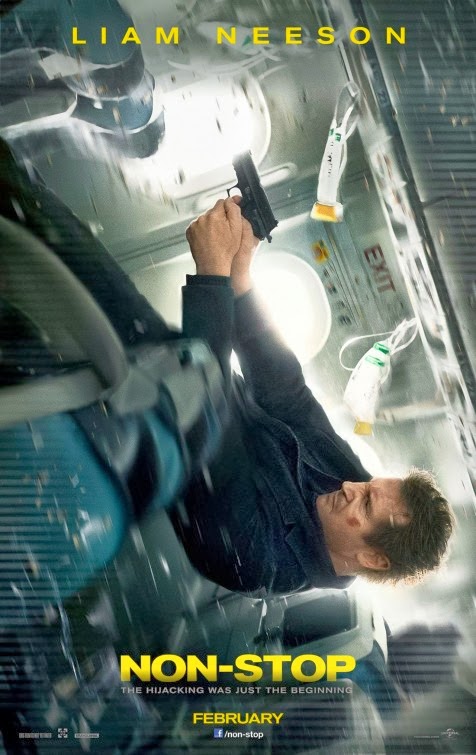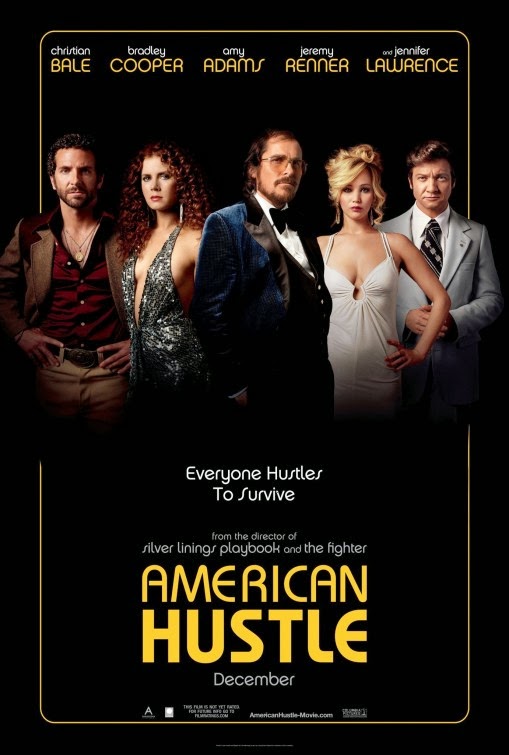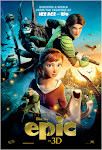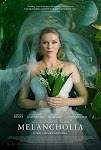Coastal View News
When
baby Riley (Kaitlyn Dias) pops into existence with her first bleary-eyed coo,
so does Joy (Amy Poehler). This aptly named little homunculus occupies the helm
inside Riley’s head, and she controls Riley’s sense of, well, joy. She presses
a little button and Riley feels happy.
This
charming albeit one-dimensional mental life doesn’t last long, though. It is
quickly complicated as other little characters butt in: Sadness (Phyllis),
Anger (Lewis Black), Disgust (Mindy Kaling), and Fear (Bill Hader).
All
of these purveyors of basic emotion love Riley, and want what is best for her.
So it is no surprise that early on in Riley’s life Joy is in charge. Sure,
Anger throws in a temper tantrum here and there and Disgust is responsible for
some broccoli flying across the room. But Joy is the leader of the pack. From
the little colored balls that constitute Riley’s memories, to the ever-evolving
islands that constitute her personality, Joy is the manager of Riley’s entire
mental economy.
So
that is a good thing. Smooth sailing for Riley. But then, at age 11, Riley’s
family moves, she has no friends, feels all alone, cannot do the things she
loved doing back home, has to sleep in a sleeping bag up in the attic … oh, and
school sucks. Things start to get choppy. Then, due to a freak accident, Joy
and Sadness get sucked out of the central executive and tossed way down into
the far reaches of Riley’s mind. That leaves Fear, Anger, and Disgust in charge
of everything. Without Joy to buoy her, Riley’s psychological boat begins to
rock. So Joy and Sadness have to get back up top and the other emotions have to
hold it together ere the whole thing capsizes.
One
thing that might sound weird here is that Joy is the queen of the emotions. “Inside
Out” would have been a pretty naïve and lame movie if this setup continued on
too long. For it would have implied that joy is our default setting, while all
other emotions just kind of dangle, butting in only incidentally. As many of us
know, that just aint how it works.
But,
thankfully, this movie introduces and manages the complexities of the mind with
the care, ingenuity, and insight. In particular, we see that Sadness actually
has an important positive role to play in Riley’s mental life. We see that
Sadness is sometimes great at comforting, can draw people closer together, and
adds a coloring to one’s memories that is essential to what makes them
precious.
“Inside
Out” is ambitious. Really ambitious. It sets out to depict the most complex and
perplexing thing in the universe, the mind—emotion, memory, thought,
imagination, fantasy, the subconscious, and the many varied relations between
all of these things. And it does so in a way that is careful and nuanced, but also
entertaining.
And
it succeeds. Really succeeds. It is funny, and interesting, and tear-jerking,
and thought provoking, and just cool. One thing that I think is really
impressive about “Inside Out” is that it takes characters that, by their very
nature, would seem to be one-dimensional—namely, Joy, Sadness, Anger, Fear, and
Disgust—and reveals that they are in fact complex and dynamic. This illuminates
how we all grow and change emotionally—how simple emotions mingle together to
make fear that is imbued with anger, disgust, or even joy; or joy that has
light-bluish touches of sadness.
“Inside
Out” has a lot of the hallmarks of a Pixar movie, but it’s different too. It is
more about the premise, less about the plot, and a tiny bit less about individual
personalities than other Pixar movies. So it is hard to stack it up against the
others. But, at any rate, this is when Pixar is at their best—when they are innovating.
And “Inside Out” is an ambitious innovation that really works.




